iMessage is great for communicating with other Apple users. And with time, iMessage’s relevance has only gone up. Most of us are shooting texts for things that don’t need to be phone calls these days.
But imagine all your messaging, or at least iMessaging, comes to a sudden halt when you encounter the “iMessage is Signed Out” error. Not only can you not send messages anymore, but you won’t be receiving them either. That could mean missing out on some time-sensitive messages, too.
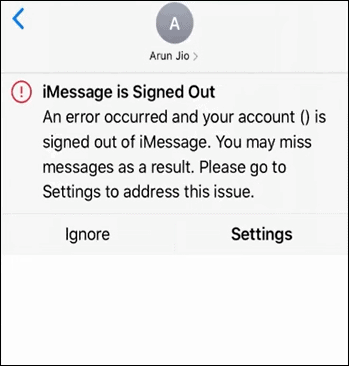
Now, you’ve made sure that you have the basics right for iMessage. Your device is connected to Wi-Fi or Cellular data and iMessage is enabled in the settings. And yet you keep running into this error.
Although the issue should be ideally related to the Apple ID, it sometimes has nothing to do with your Apple ID. Even when you’re signed in, the error comes to plague your life. Sometimes even when you temporarily remove your SIM card and insert it again, it can trigger the error.
Fortunately, there are a few things you can try that’ll get your iMessage up and running again in no time.
Check the iMessage Server
Before you go on donning your troubleshooter hat, make sure there is something to troubleshoot. It’s very likely that the error may not be on your end, but rather on Apple’s side. iMessage, like everything on the internet, has a server that’s responsible for its functioning. Now if that server is down, there’s nothing you can do but wait until it’s working again before you can start using the service.
To check if the server is down, go to Apple’s System Status webpage. If the dot next to iMessage is red, then there’s a problem with the service. And it’s not only you but the whole userbase that’s affected. In that case, you don’t have to worry about missing any important iMessage from anyone because they would be receiving the same error themselves. If there’s something important to be relayed, you’re going to have to call the other person, like it’s the 2000’s again.
But if the dot next to iMessage is green, all is well with the server so it’s time to troubleshoot it on your end.

Restart your iPhone
Let’s start with the most versatile of fixes that’s the go-to for a wide assortment of problems. And the simple reason behind its popularity is that it works most of the time.
To restart your iPhone, follow these instructions according to your iPhone model:
- iPhone X and higher models (without a home button): To restart your device, press and hold either volume button and the side button (lock button) until the power slider appears. Then, drag the slider. Wait until the device powers down. Then, press and hold the side button until the Apple logo appears on the screen.
- iPhone SE 2nd Gen, 8 or lower models (with the home button): Press and hold the sleep/ awake button (on side for some models, on the top for others) until the power slider appears. Drag it to turn off the the iPhone. Then, press the sleep/ awake button until the Apple logo appears.
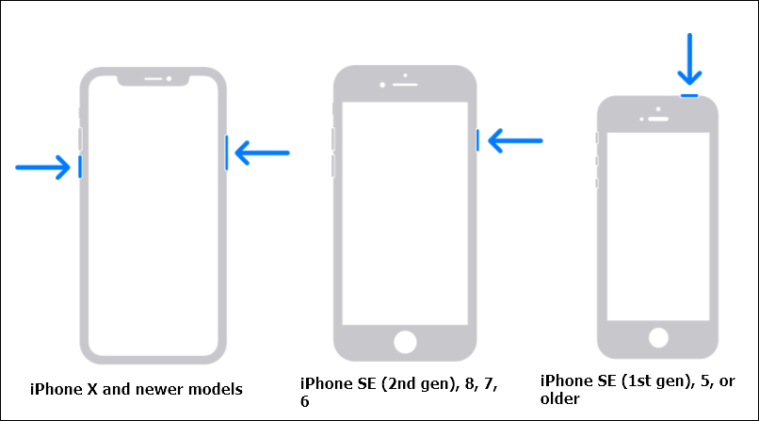
Once the phone restarts, check if the problem was resolved. Otherwise, proceed to the next fix.
Restart iMessage
Restart the iMessage service on your phone as sometimes corrupted files can be causing all the mayhem. And a simple disable-enable action can fix the problem.
Open your iPhone settings and scroll down. Tap ‘Messages’.

Then, turn off the toggle for ‘iMessage’.

Wait for a few seconds, then enable the toggle again.

Check to see if the issue was resolved.
Check your Apple ID
You need to make sure that your Apple ID is signed in to iMessage or reset it if need be. Open your iPhone settings and scroll down until you find ‘Messages’. Tap to open it.
Then, tap the option for ‘Send and Receive’ under iMessage.

Make sure you are signed in with your Apple ID. If you’re not signed in, you’d see the option ‘Use your Apple ID for iMessage’. Tap it to log in to your Apple ID. Enter the password when prompted to successfully log in.
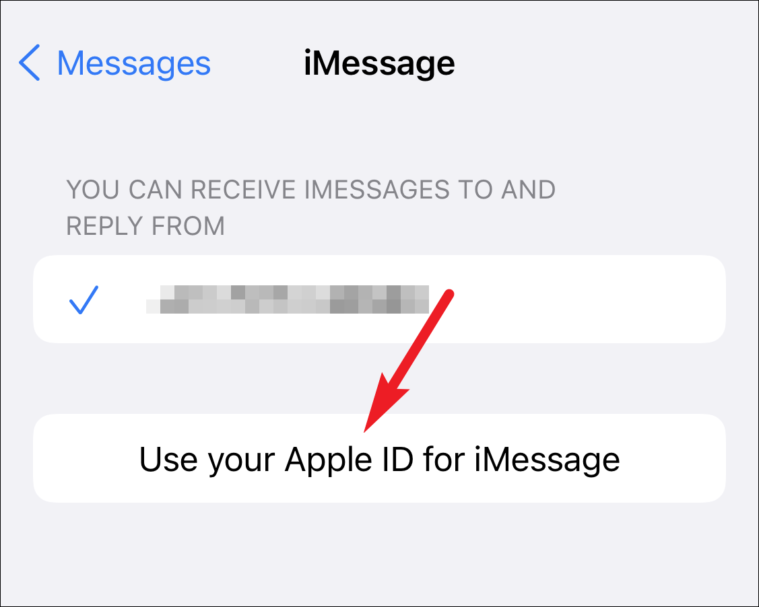
If you’re already signed in, you can reset your Apple ID. Tap your Apple ID link (where it’s appearing in blue letters) under ‘Start New conversations from’.

Then, tap ‘Sign Out’ from the options that appear.
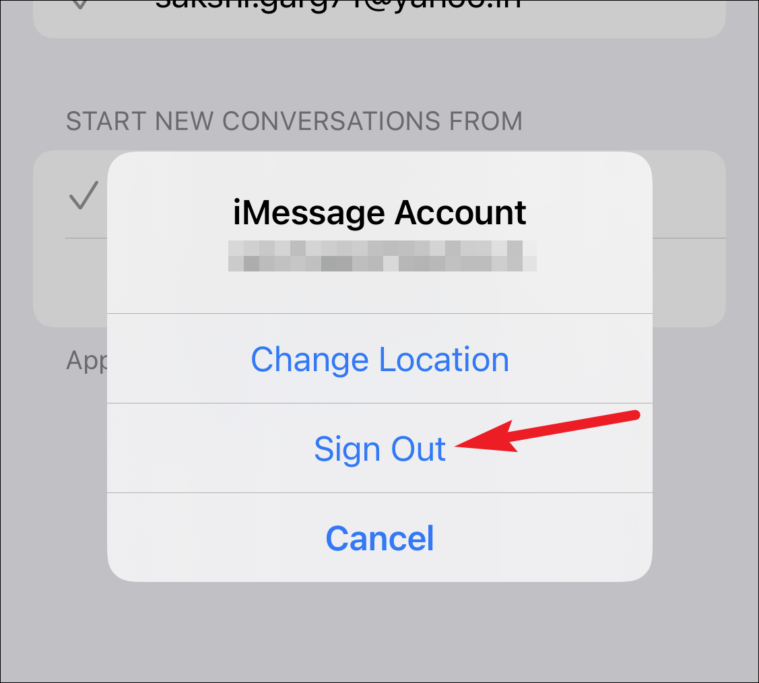
Once you’re signed out of Apple ID from iMessage, restart your iPhone and sign in again using the same instructions given above.
Go to the Messages app and check if the issue was resolved.
Reset iMessage Region
If nothing else has worked for you until now, it might be time to try and reset the region for iMessage. This simple trick has solved the problem for many users.
Open Messages from your iPhone settings and go to ‘Send and Receive’ under iMessage.

Then, tap the link for your Apple ID (the one in blue letters).

Tap ‘Change Location’ from the options that appear.
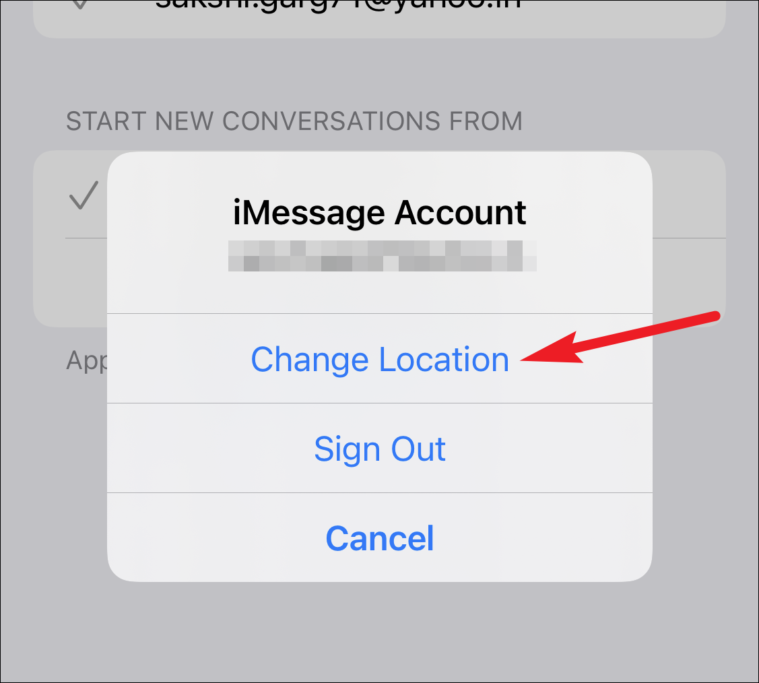
From the Location settings, tap the option for ‘Region’.
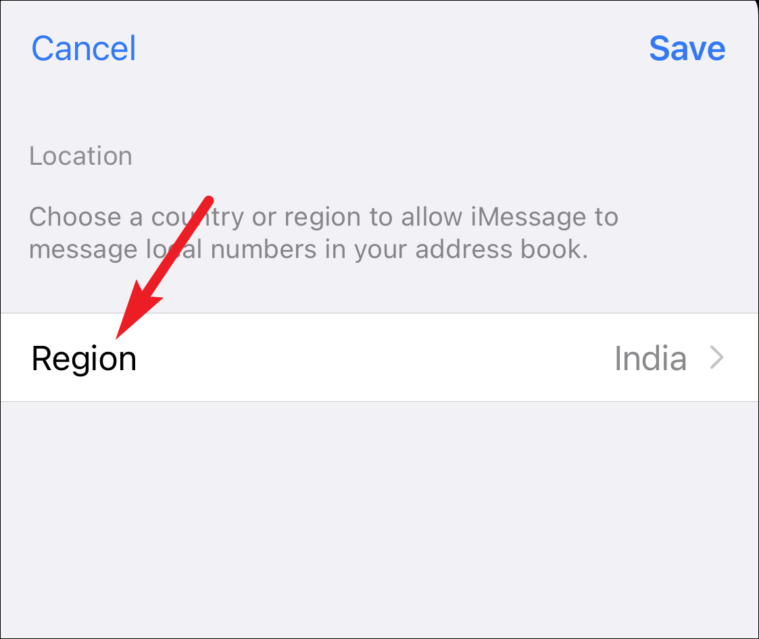
Then, select your current region from the list.
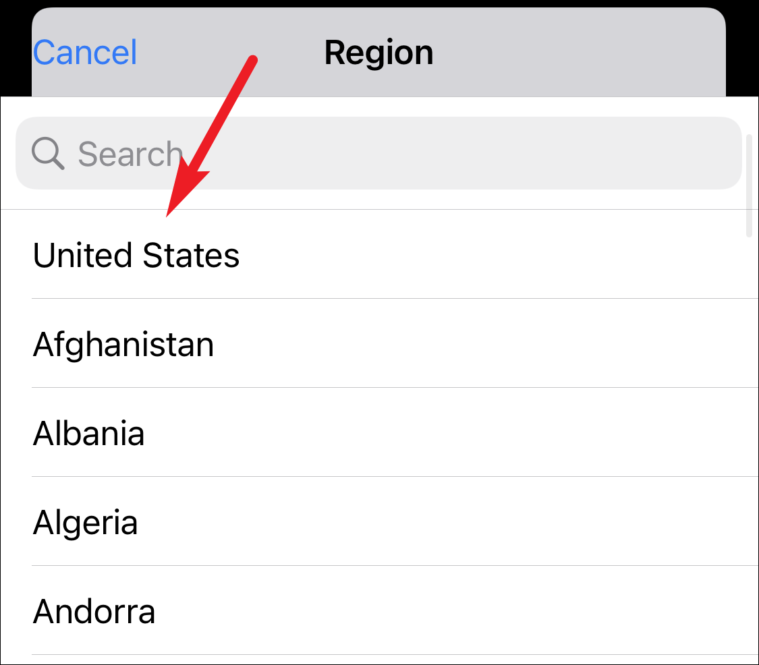
Finally, tap ‘Save’.

With some luck, this just might have solved your problem. Go to Messages to see if it worked. Still no luck? No worries, there are still a few fixes under our belt.
Check your Time Zone
Sometimes, the solution turns out to be something we couldn’t have imagined even in our wildest dreams. The same is the case with this solution. No one thinks of checking the date and time settings for their iPhone when iMessage is the one acting up. And yet, it is sometimes the culprit.
Open your iPhone settings and go to ‘General’ settings.

Then, tap the option for ‘Date & Time’.

Enable the toggle for ‘Set Automatically’.
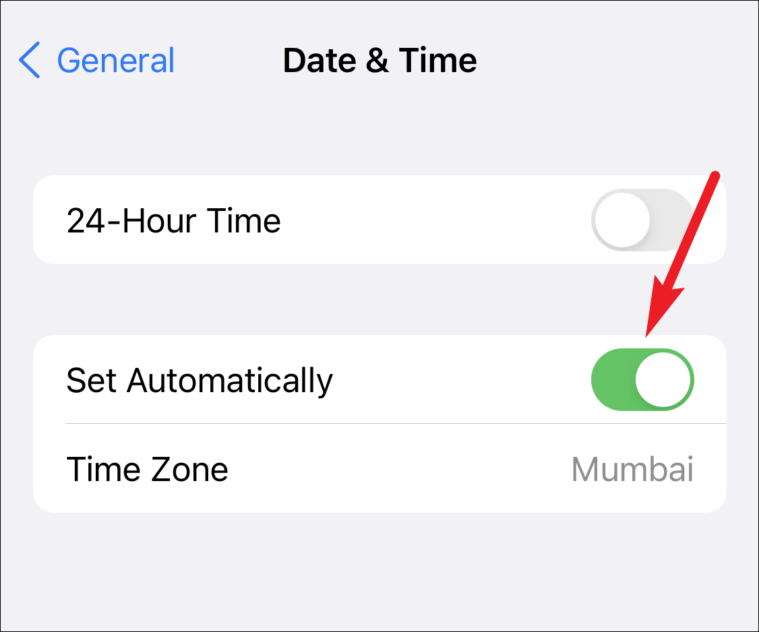
If the switch was already enabled, disable and enable the toggle again.
Check for Software Updates
Apple releases periodic software updates that contain bug fixes. If you haven’t updated your phone in a while, this could be the reason behind your current affliction.
Open your iPhone settings and go to ‘General’.

Then, tap the option for ‘Software Update’.
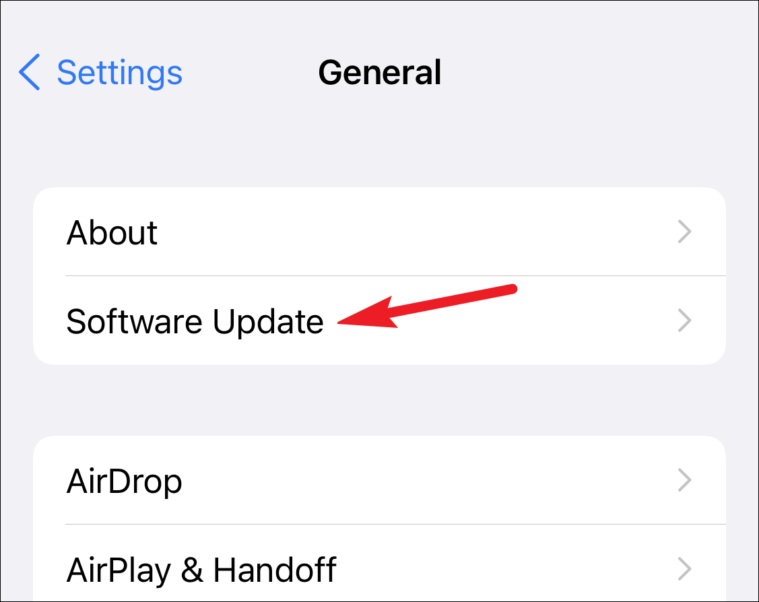
If an update is pending, it’ll appear on your screen. Tap the ‘Download and Install’ option.
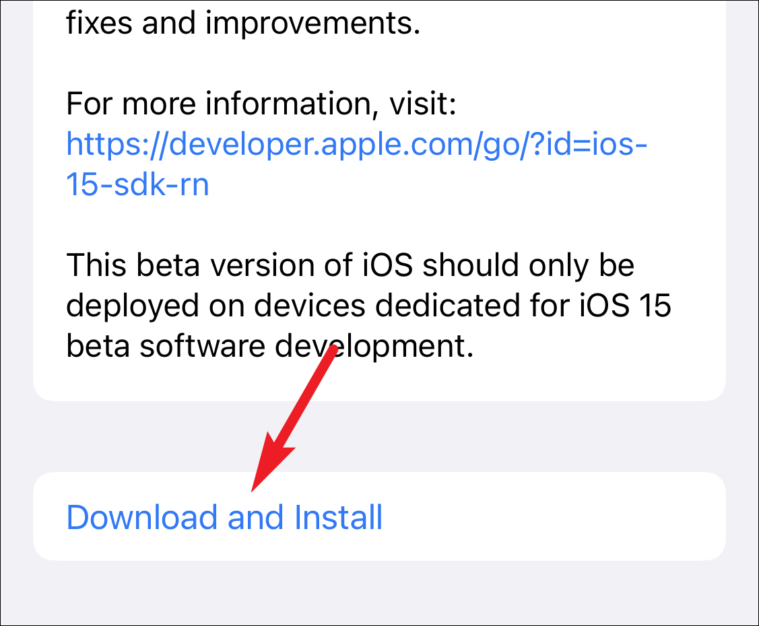
Once your iPhone restarts after the software update, go to the Messages app to see if the issue was fixed.
Reset Network Settings
If nothing else has worked till now, reset your network settings as the last resort. Resetting the network settings will delete all your saved Wi-Fi networks and passwords, cellular settings, VPN settings, and Bluetooth devices. It won’t affect any other data on your iPhone. But if you don’t know the password to the current or any other saved Wi-Fi networks, proceed at your own risk.
From your iPhone settings, go to ‘General’.

Scroll down and tap the option for ‘Reset’.

Then, tap the ‘Reset Network Settings’ option.

Enter your iPhone’s passcode when prompted. Another confirmation prompt for resetting network settings will appear. Tap ‘Reset Network Settings’ on the prompt to confirm and your network settings will be reset.
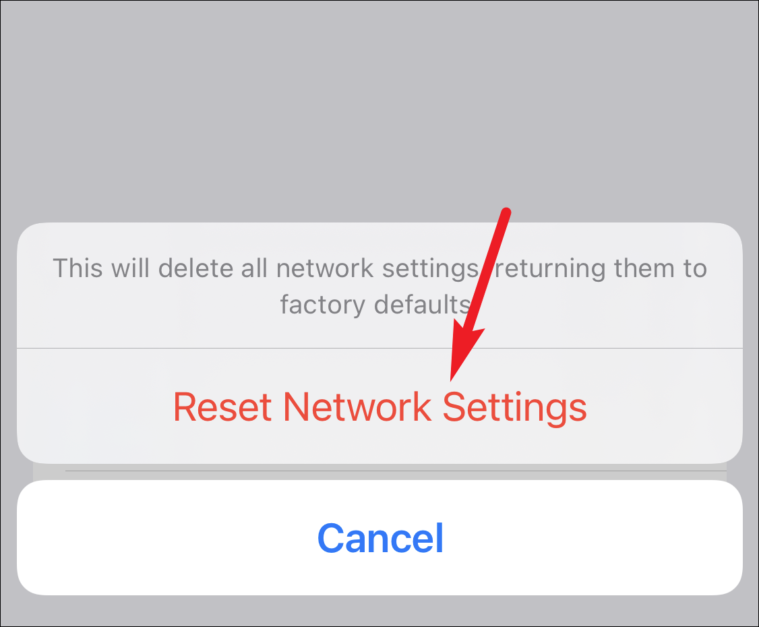
Once the network settings are reset, connect to your Wi-Fi or Cellular network and go to Messages. The issue should be gone by now.
There you go! By now, your problem should have been gone as one of the above fixes is bound to help you. On the off chance that the issue still persists, you should contact Apple Support for a solution.





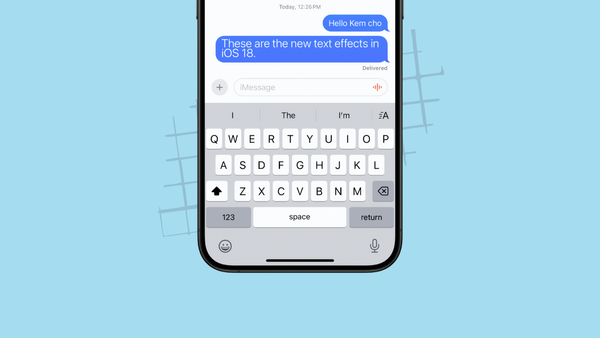
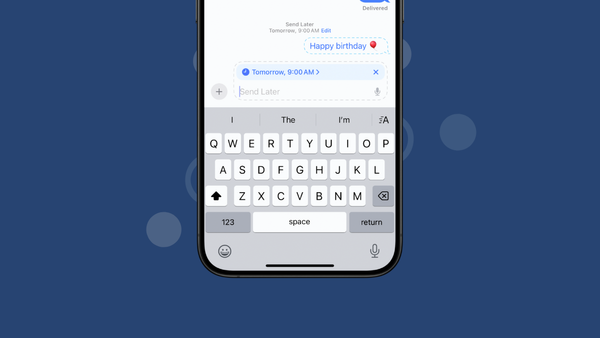



Member discussion